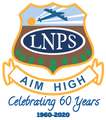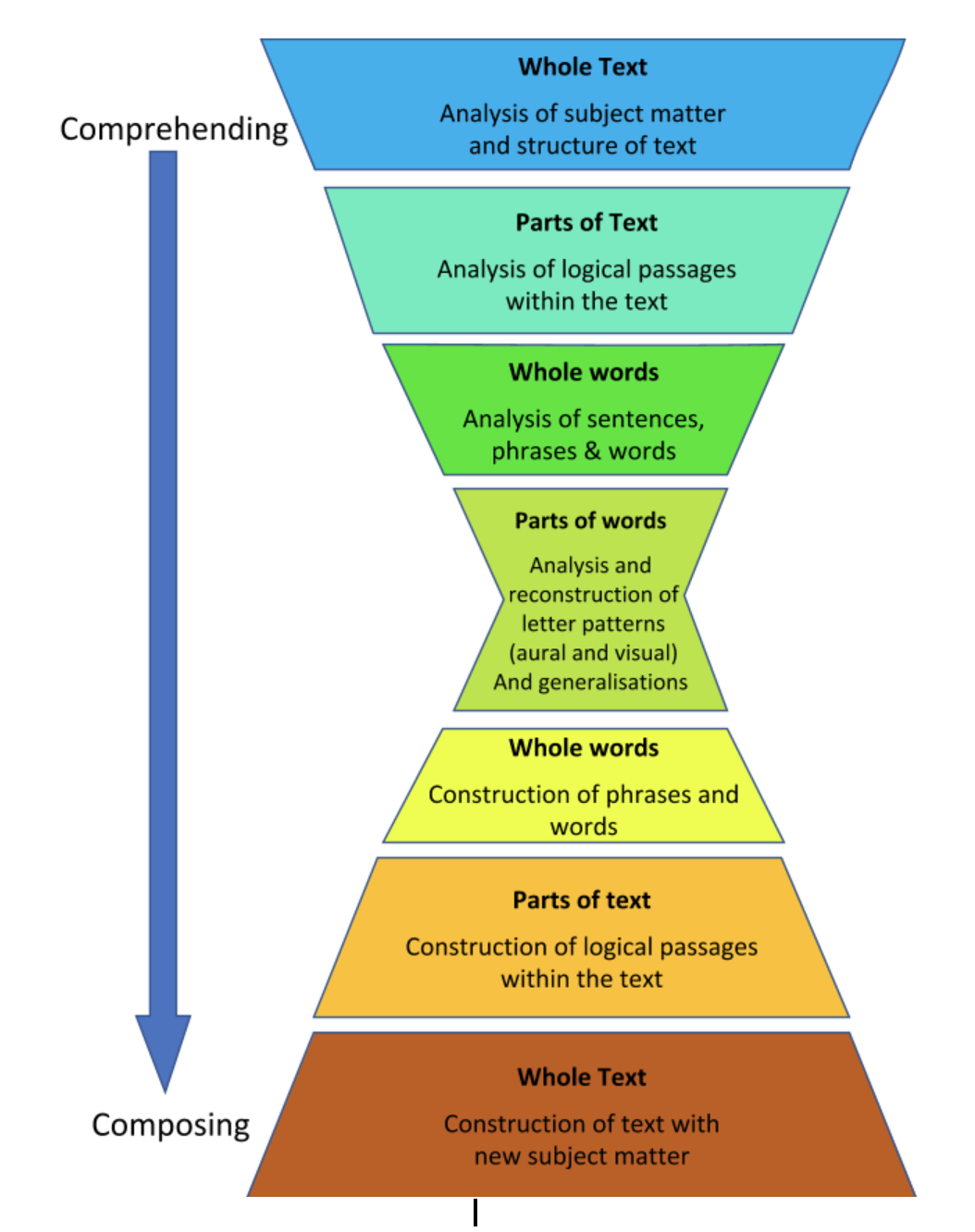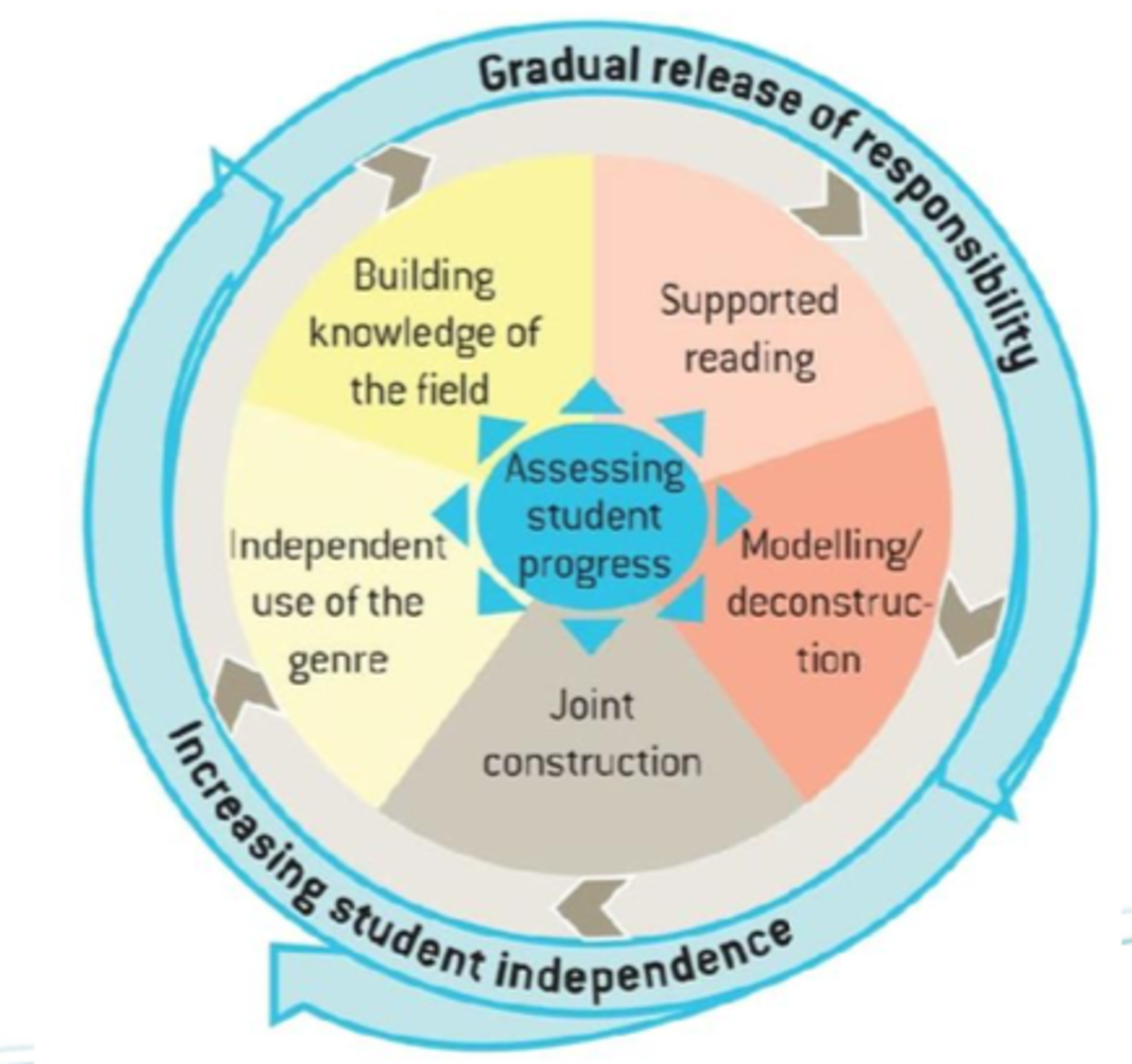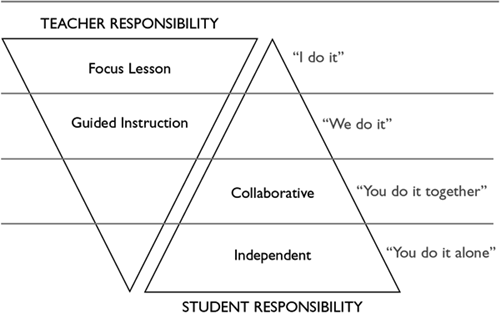Joining the dots between reading and learning @ LNPS
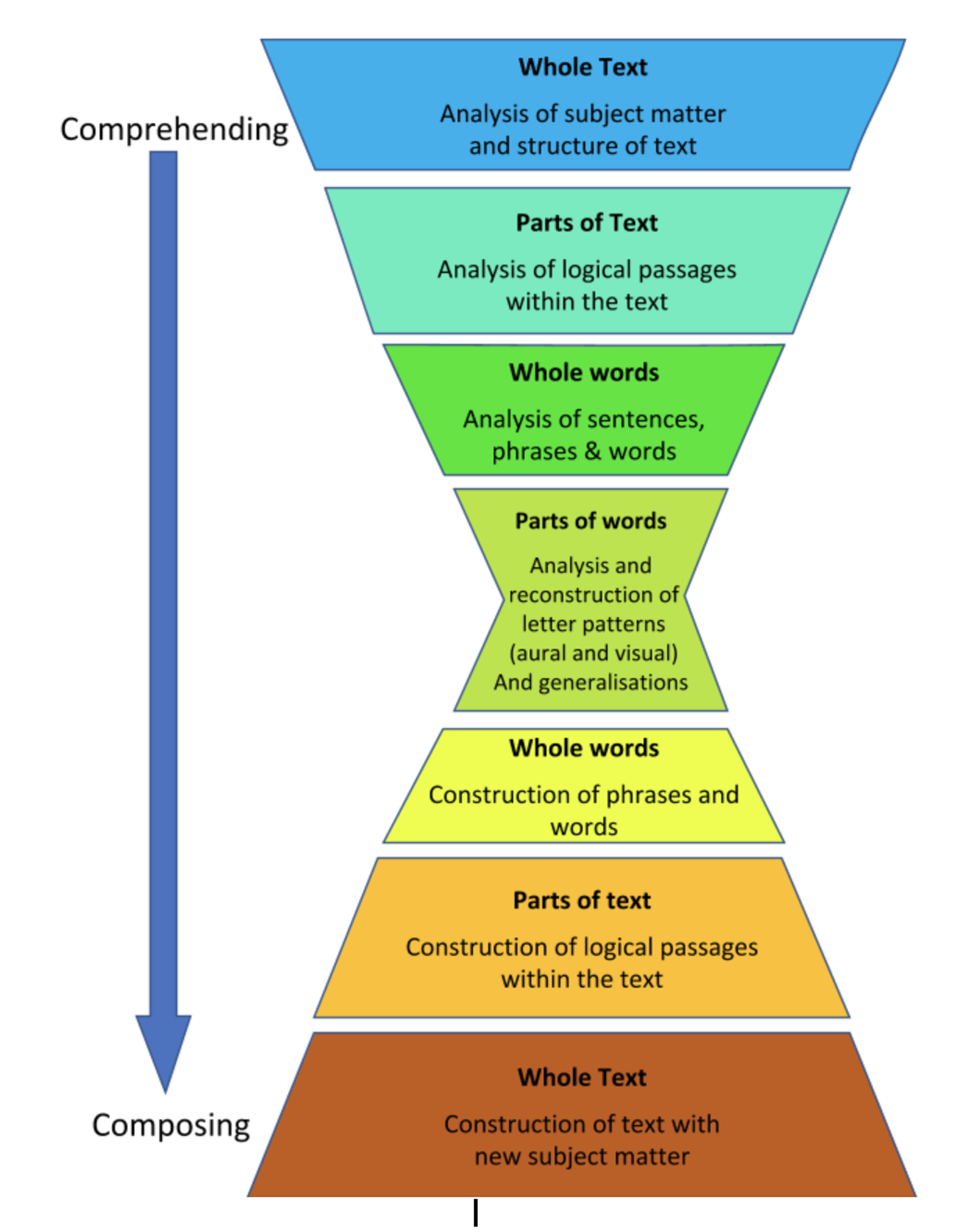
Our Site Improvement Plan 2020 directions are based on a Whole School Approach to strengthening and embedding our understanding of the challenges of practice and how they link to success criteria, to enable us to measure the impact of actions and outcomes for student learning, with a focus on writing achievement.
At LNPS we are consolidating a sustained narrow and deep approach to our writing goal for consistency and to create mastery of skills in writing. Joining the dots between reading and writing is our current focus with mastery of skills and concepts through consistency. What is mastery? Mastery orientation is focused on persistence, self improvement, skill development, learning interest, choice, effort, self-regulation and deep processing.’ (Hattie, 2020) Why consistency? When teachers are consistent, students are clear about our collective expectations and united message. This allows for a greater focus on improvement and mastery.
At LNPS literacy learning is designed through the Teaching and Learning Cycle. The teaching and learning cycle is a systematic and explicit approach to literacy teaching. “Each teaching sequence starts with reading and leads to writing. Reading starts with the teacher summarising how the field of text unfolds through the text. This is known as preparing and reading. The text is then read and discussed. Reading then focuses in detail on patterns of meaning in sentences known as detailed reading. It may then go down to patterns of words in sentences and letters in words, known as sentence making and spelling. Writing words back into passages and finally constructing whole texts.” Rose, D. & Martin, J. R. (2012). Learning to write, reading to learn: Genre, knowledge and pedagogy in the Sydney School: London: Equinox.
Teaching and Learning Cycle stages are:
• Building knowledge of the field or context - understanding the role of texts in our culture and building shared understanding of the topic information
• Supported reading – students are supported to carefully read selected texts to build knowledge of the topic or area, develop reading skills e.g. comprehension, fluency
• Modelling/ Deconstruction of the text - the use of mentor texts to focus explicitly on the structure and the language of the text, how language choices work to shape meaning, and to build a metalanguage
• Joint construction (or guided practice) - teachers and students jointly constructing a text
• Independent construction – students’ independent writing or approximation of the genre.
(Derewianka & Jones, 2016; Humphrey, 2017; Humphrey & Feez, 2016; Macken-Horarik, Love, Sandiford & Unsworth, 2018)
The Teaching & Learning Cycle is based on ‘the Gradual Release of Responsibility Model’
Professional Learning Teams at LNPS from Reception to Year 7, collaborate to design units of learning which support students to both read like a writer and write like a reader, increasing student achievement in both reading and writing.
If you have any questions please see Rosemary or Cassie.
